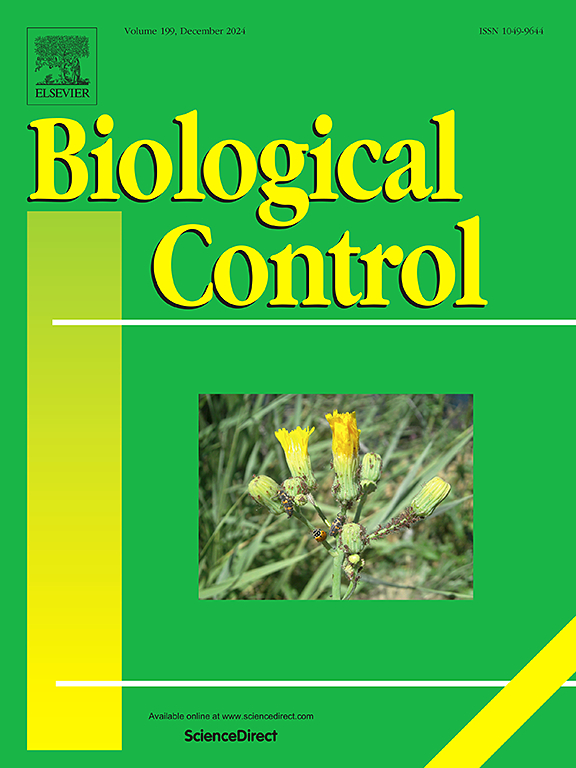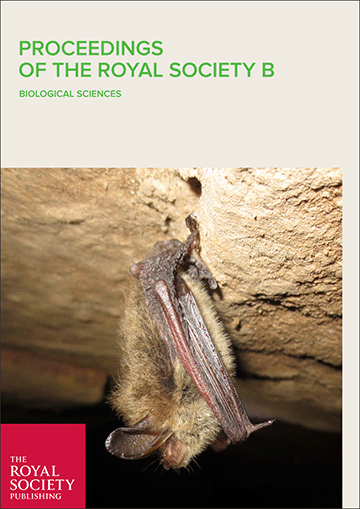Afghanistan is a land-locked country with an area of 65,262,600 hecatares (ha) of which only 7,600,000 ha (11.6%) is cultivable and out of this, only 50% ia arable land. It is characterized by a continental arid and semi-arid climate where the presence of the mountains leads to local climate variations. Temperatures vary from - 10c in winter to 34C in summer. Annual precipitation in most pats of the country ranges between 100-400 mm with an average of 250mm. More than 80% rainfall is received during the winter and early spring. The country is divided into the following six agro-climatic zones.























